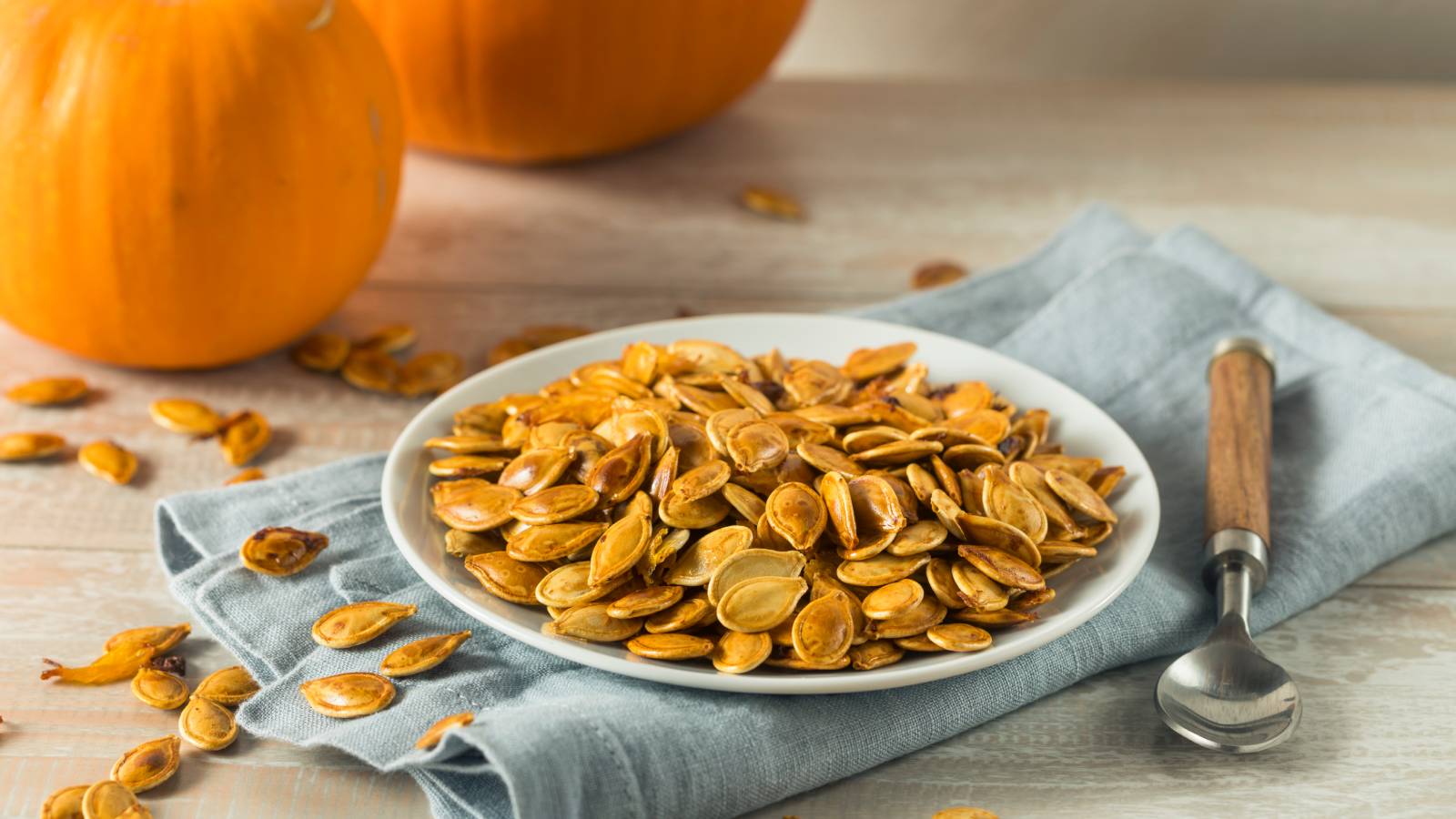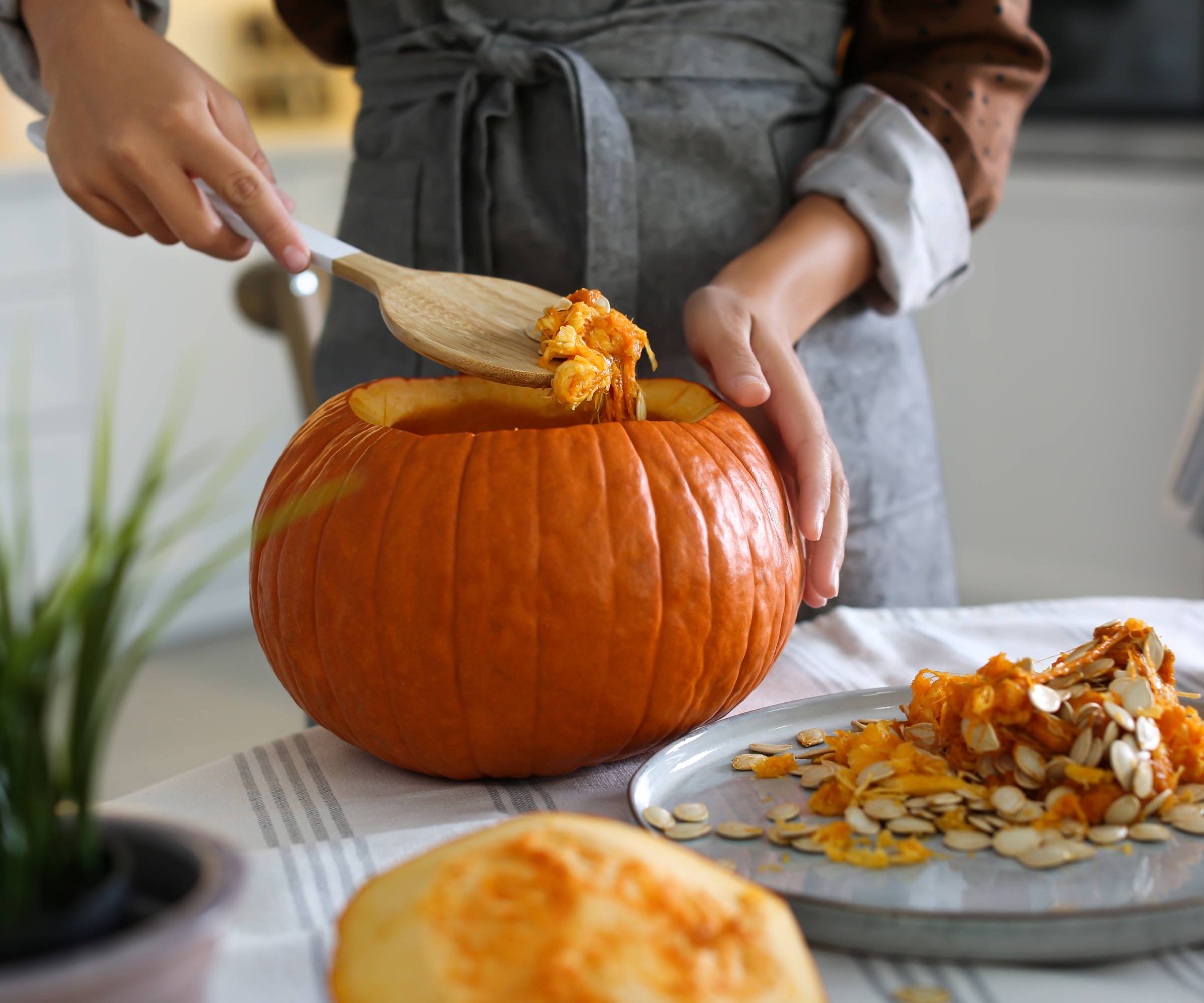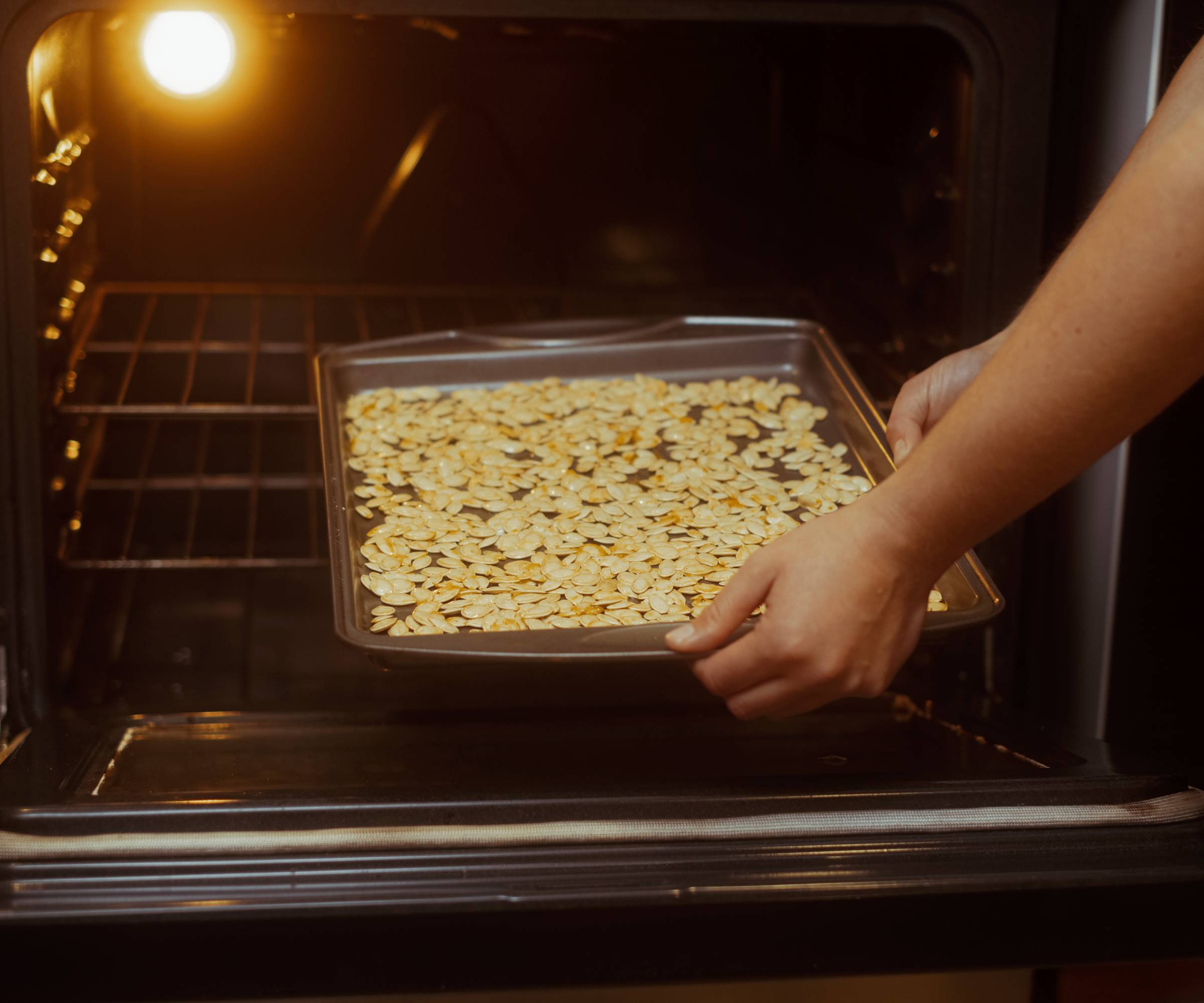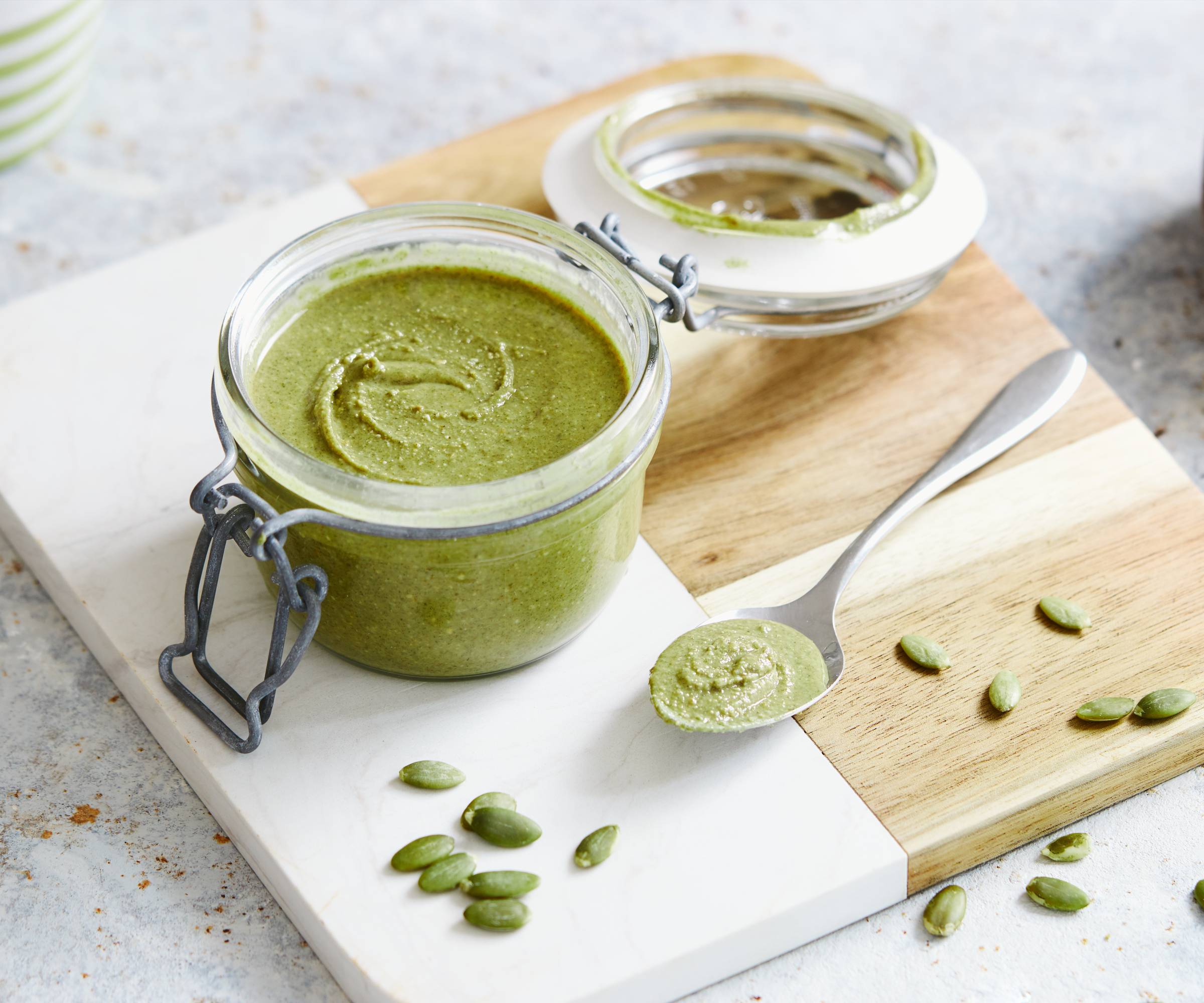How To Eat Pumpkin Seeds From Your Own Homegrown Gourds
Pumpkin seeds are tasty, easy to roast, and full of nutrients. Learn how to eat pumpkin seeds for delicious and nutritious snacking all autumn long.


'Tis the season of pumpkins! Jack-o’-lanterns are a staple of Halloween and pumpkin pies are a must for your Thanksgiving dinner, so many homes are going to have more pumpkin seeds than they know what to do with. Yes, you can save pumpkin seeds for planting next fall, but what about the rest?
The simple answer is to eat them! They are healthy and delicious. If this idea is new to you, you may wonder how to eat pumpkin seeds? Read on to learn more.
Health Benefits of Pumpkin Seeds
Seeds have long been touted as rich in nutrients and a great addition to any diet. Does this include pumpkin seeds? It does, indeed.
Pumpkin seeds are not just edible, but they are a great source of fiber and protein, as well as rich in minerals. Most of us could use more iron, zinc, magnesium as well as unsaturated fats. Look no further than eating pumpkin seeds.
How to Harvest Pumpkin Seeds

When we are talking about “harvesting” pumpkin seeds, it’s easier than one might think. If are growing your own pumpkins for Halloween fun or Thanksgiving desserts, you can easily harvest the seeds by simply means removing them from the pumpkins.
Whether you cut the top off the pumpkin and hollow it out for a Jack-o’-lantern or cut it in half to remove the pulp for a pie, you’ll need to remove the innards, meaning the seeds and the slimy goo around them. Use a large spoon or other kitchen utensil, then put all of the slippery pumpkin “guts” in a large bowl of water. Separate the seeds by rubbing the material with your hands. Remove the seeds from the bowl and wash them in fresh water.
How to Prepare Pumpkin Seeds to Bake
After separating the pumpkin seeds and rinsing them, the next stage is drying them. One easy way to do this is to put them on a paper towel in a sunny window.
Gardening tips, videos, info and more delivered right to your inbox!
Sign up for the Gardening Know How newsletter today and receive a free copy of our e-book "How to Grow Delicious Tomatoes".
A faster way is to put the seeds in a pan in the oven at a low temperature – say 150 degrees F – for several hours. Stir them often to make sure all sections dry.
How to Roast Pumpkin Seeds

While some like to eat pumpkin seeds raw, the more common use of pumpkin seeds is to roast them before snacking. To do this, use a cookie sheet covered with oven paper. Place the seeds on the cookie sheet, spreading them out. Spray olive oil or another cooking oil over the seeds, then pop the sheet into the over, preheat for about 10 or 15 minutes. Wait for them to toast a golden brown, stirring them every few minutes.
Personalize your roasted pumpkin seeds by adding different seasonings that make you happy. Some popular flavor-adding seasonings include lemon pepper, sea salt, garlic salt, and Cajun seasoning. Add these to the seeds before roasting.
Tasty Ways to Eat Pumpkin Seeds

How do you eat pumpkin seeds? Your homemade pumpkin seeds will be perfect for snacks or cooking. Many people like to munch on the unshelled seeds – a very healthy alternative. You can also think of them as sunflower seeds, and just separate the shell from the seed in your mouth and discard the shell.
Other options? Toss roasted pumpkin seeds into granola, trail mix, or on top of dinner salads or soups. Hull the seeds and use the green inner seeds for baking. Make your pesto using hulled pumpkin seeds instead of pine nuts.
Frequently Asked Questions
What are pepitas?
Pepita is a term often used synonymously with pumpkin seed, but this Spanish term actually refers to a specific type of pumpkin seed that do not have hulls.
Are pumpkin seeds good for you?
Pumpkin seeds are very good for you, providing fiber, lots of magnesium, protein, and iron.

Teo Spengler is a master gardener and a docent at the San Francisco Botanical Garden, where she hosts public tours. She has studied horticulture and written about nature, trees, plants, and gardening for more than two decades. Her extended family includes some 30 houseplants and hundreds of outdoor plants, including 250 trees, which are her main passion. Spengler currently splits her life between San Francisco and the French Basque Country, though she was raised in Alaska, giving her experience of gardening in a range of climates.
-
 Looking For Plants To Give You The Soft And Fuzzies? Try These 5 Fuzzy Leaf Plant Options
Looking For Plants To Give You The Soft And Fuzzies? Try These 5 Fuzzy Leaf Plant OptionsLovers of texture, drama, silver foliage and tactile plants will adore these special sensory garden additions. These fuzzy leaf plant options will leave you all aglow
By Susan Albert
-
 Get Ready For A Summer Of Hummers! Grow These Full Sun Hummingbird Plants and Flowers
Get Ready For A Summer Of Hummers! Grow These Full Sun Hummingbird Plants and FlowersIf you’re lucky enough to enjoy a sunny backyard, make sure you are maxing out on your pollinator opportunities and grow these full sun hummingbird plants and flowers
By Tonya Barnett